Itinerary
Tour day-by-day
-

Day 1: Melbourne to East Gippsland
After departing Melbourne in the morning, you will venture east to the beautiful Lakes District in Gippsland. This region is protected by the International Ramsar Convention and is a key habitat for waterbirds such as Black Swans, Chestnut Teals, Australian Shelducks, Musk Ducks, as well as Fairy Terns.
Shortly after, board a ferry to Raymond Island that provides sanctuary to a host of native animals. You will assist in helping a wild koala research project on the island. Data collated will include tree species preference, behaviour, identification of individuals and evidence of koalas drinking stemflow. Take walks through local forest, with Koalas, echidnas, Swamp Wallabies and Eastern Grey Kangaroos, parrots, honeyeaters and seabirds all sighting opportunities. Driving through lush eucalypt forests, pristine estuaries and white sandy beaches, you will assist in helping the wildlife guide in recording species for conservation purposes.
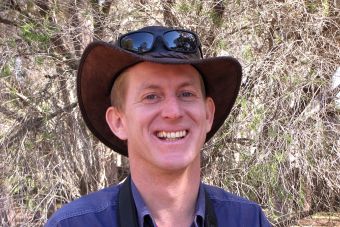 "East Gippsland is considered to be one of the more biodiverse regions of Australia, because you get a little bit of the east coast summer rainfall as well as the west’s winter rainfall. It’s the meeting of two systems. There are dry eucalyptus forests, wet eucalyptus forests, temperate rainforests, coastal heathlands and riverine forests. That results in a big diversity of both bird, and plant life.”
"East Gippsland is considered to be one of the more biodiverse regions of Australia, because you get a little bit of the east coast summer rainfall as well as the west’s winter rainfall. It’s the meeting of two systems. There are dry eucalyptus forests, wet eucalyptus forests, temperate rainforests, coastal heathlands and riverine forests. That results in a big diversity of both bird, and plant life.”Martin Maderthaner - Guide
Dinner tonight is at a local restaurant with lunch also included. Accommodation is a homestead in a small town where you will stay for three nights.
Accommodation: Snowy River Homestead, Orbost, or similar.
-

Day 2 & 3: Platypus, Rainforest Birds & Wilderness Coast
The diverse forests and wilderness coast of East Gippsland are the reason that wildlife is so abundant. Over these two days you will visit both dry and wet forests, visit the famous Snowy River, and walk beside a wilderness creek where the landscape changes dramatically from the sunny, dry slopes to the near-rainforest of the gully.
Your Wildlife Guide provides detailed information of the formation of these mighty forests, and helps you search for Lyrebirds, parrots, goannas, wallabies and honeyeaters. Birds and reptiles are abundant, but other human visitors are few.
You walk into a large lowland (warm temperate) rainforest in search of birds including Topknot Pigeons, Superb Lyrebirds, Brown Gerygones, Black-faced Monarchs and Platypus and Swamp Wallabies. Then walk through a heathland and along a forest-lined river – this area abuts a previously burnt area, so wildlife surveys here are particularly important.
You will search for White-bellied Sea Eagles, Hooded Plovers, Gang-gang cockatoos, Turquoise Parrots, Azure Kingfishers and Jacky Lizards, before visiting a quiet beach with a complex dune system, where beach and ocean-going birds are frequently seen along with Australian Fur-seals.
Nearby rocky headlands along the coast provide the opportunity to peer into rock pools, walk past wind-sculpted coastal shrubs and view the expanse of the 90 mile beach. You will spend a little time on a beautiful beach removing Sea Spurge, an invasive introduced plant. You'll also remove fishing "ghost" nets that have washed in from the sea. The idea is to stop them washing back out, where they trap and kill sea creatures.
On one night, go spotlighting searching for night creatures including Greater and Yellow-bellied gliders, possums, bandicoots and other nocturnal creatures.
Dine both days at classic Aussie pub over looking the mouth of the Snowy River. (B,L,D included)
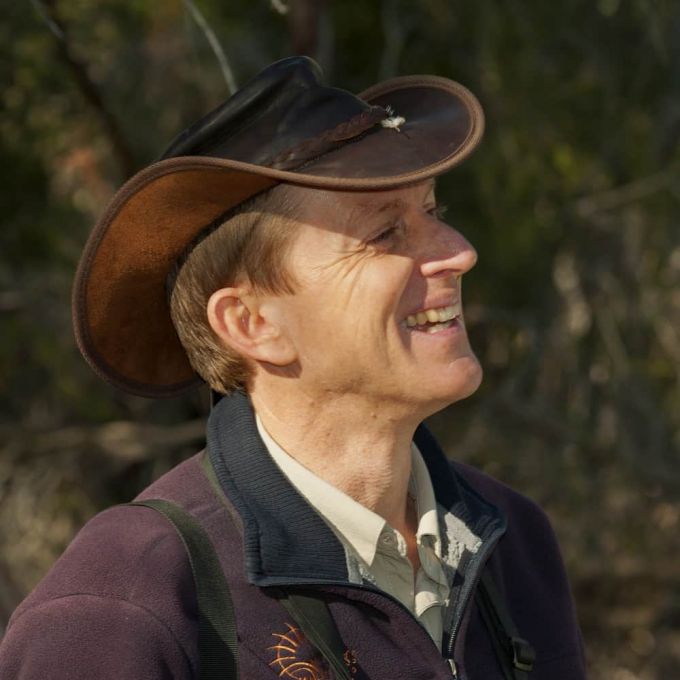 "We often see Gang-gang Cockatoos and guests like them because they’re unassuming, with their soft voice and subtle colouring. We often hear their ‘creaking door’ calls before we see them. Sometimes, too, we see the Glossy-black Cockatoo and that’s really special as they are listed as threatened in Victoria. By knowing where certain birds – particularly vulnerable species – are doing well, or where they are absent, Birdlife Australia and other conservation groups can target their recovery programs and pressure the government to protect certain areas.
"We often see Gang-gang Cockatoos and guests like them because they’re unassuming, with their soft voice and subtle colouring. We often hear their ‘creaking door’ calls before we see them. Sometimes, too, we see the Glossy-black Cockatoo and that’s really special as they are listed as threatened in Victoria. By knowing where certain birds – particularly vulnerable species – are doing well, or where they are absent, Birdlife Australia and other conservation groups can target their recovery programs and pressure the government to protect certain areas.Martin Maderthaner - Guide
Accommodation: Snowy River Homestead, Orbost, or similar
-

Day 4: Melbourne to East Gippsland: Mouth of the Snowy River & Krowathunkoolong
Depart East Gippsland after one last visit to the beach at the Mouth of the Snowy River. On the way back to Melbourne, a visit to Krowathunkoolong Keeping Place, an informative Aboriginal Cultural Centre in Bairnsdale, provides an opportunity to learn about how the Aboriginal people have lived amongst these captivating landscapes for thousands of years. Following this, you will venture to a river in Bairnsdale to spot Grey-headed Flying-foxes in their daytime roosts, before arriving in Melbourne.
-

Tour details:
Group Size: Maximum of 8 guests.
Pick-up and Drop Off Point: Melbourne city hotels
Pick-up and Drop-off Time: 8:00am on day one, Approximately 5:00pm on day four.
Private Touring: Available at additional cost - please enquire with your group size & interests.
Please note: Tour does not run 23rd December & 30th December.Recent Awards
WINNER Best for Wildlife Conservation at the World Responsible Tourism Awards London • 2014
WINNER Seatrade Cruise Award for World’s Most Innovative Shore Excursion • 2017
WINNER TripAdvisor Certificate of Excellence 2018 • 2017 • 2016 • 2015 • 2014How you'll be making a positive impact
We have aligned our sustainability vision with the United Nation’s Sustainable Development Goals (SDGs).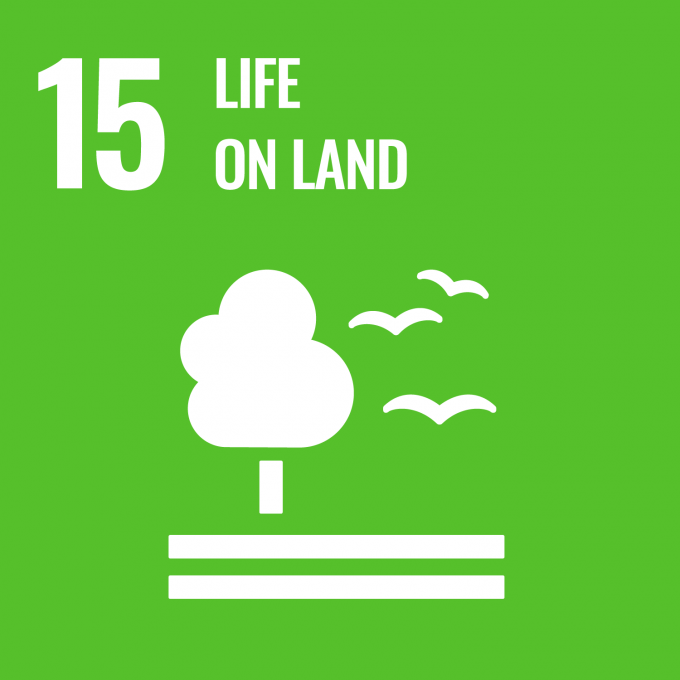 Citizen Science with Echidna Walkabout Nature Tours
Citizen Science with Echidna Walkabout Nature Tours
Echidna Walkabout Nature Tours contributes observations of flora & fauna via iNaturalist, the world’s leading global social biodiversity network. This platform allows our team to create research-quality citizen science data that enables a more detailed picture of our national biodiversity, and assists bodies such as the CSIRO, ecologists and other decision makers to deliver better outcomes for the environment and our species.
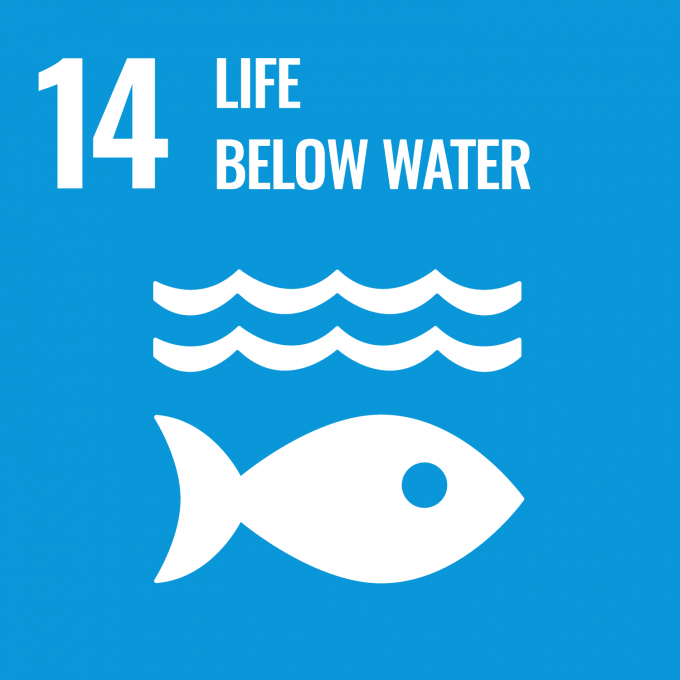 Removing Ghost Net and Sea Spurge from East Gippsland
Removing Ghost Net and Sea Spurge from East Gippsland
On the East Gippsland Wildlife Journey, guests are offered the opportunity to remove Sea Spurge (an invasive weed) or removing fishing nets (ghost nets) to prevent marine entanglements of fish, birds and sea mammals.
Sea Spurge (Euphorbia paralias) is a semi-succulent plant producing short-lived stems each year. It has become a widespread weed of coastal habitats and offshore islands (particularly dune systems) in the temperate regions of Australia, often becoming the dominant plant species, It is consequently changing the structure and dynamics of sand dune systems, replacing native plant species, and decreasing the availability of beach nesting sites for shore birds and other animals.
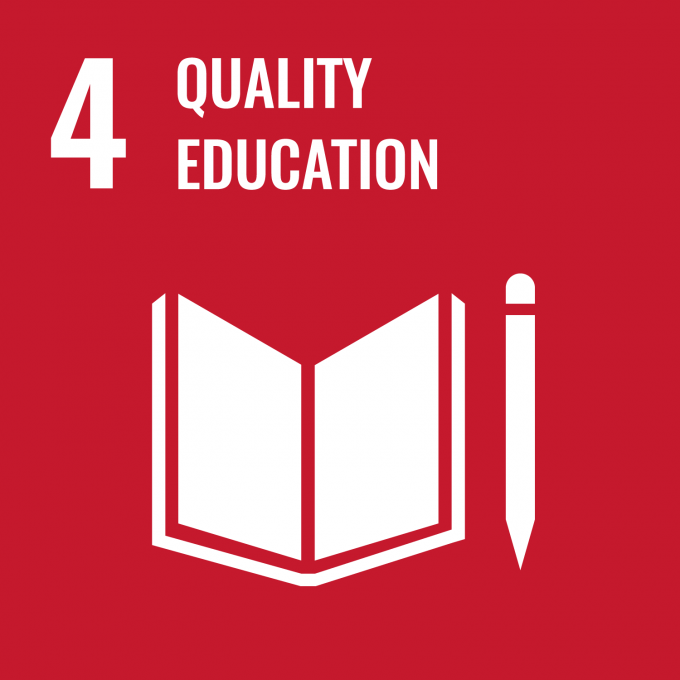 Sustainable Koala Watching Code
Sustainable Koala Watching Code
Echidna Walkabout Nature Tours has been at the forefront of policy development for responsible Koala viewing based on over 27 years of research. In 2006, the organisation launched the Sustainable Koala Watching Code, implementing a welfare policy for guides, researchers and staff members in order to reduce human behaviours that cause Koalas to respond negatively as much as possible.
 Discovering the Nose Patterns of Koalas
Discovering the Nose Patterns of Koalas
In 1998 Echidna Walkabout’s co-founder Janine Duffy discovered a revolutionary method of identifying individual Koalas through their distinctive natural black and white marking patterns inside their nostrils. That discovery launched a non-intrusive wild Koala Research Project that continues to this day.
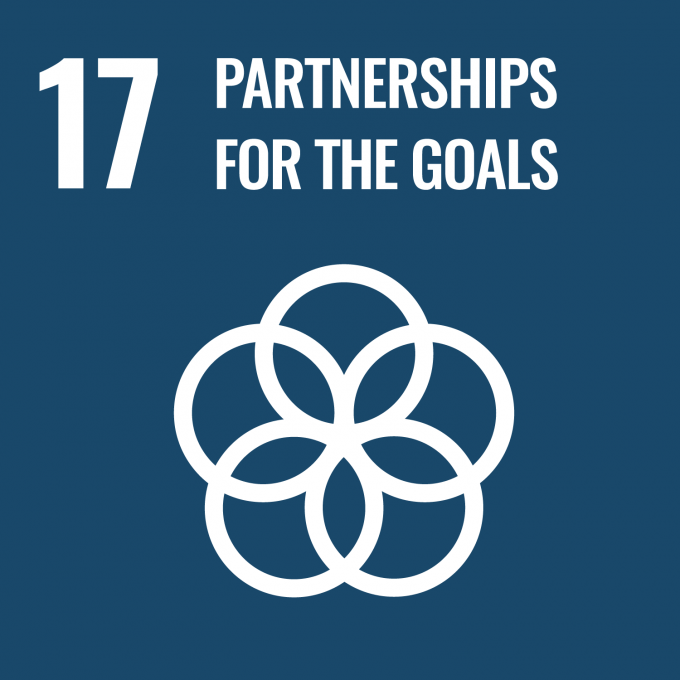 Supporting the Koala Clancy Foundation
Supporting the Koala Clancy Foundation
Echidna Walkabout Nature Tours created, and remains the primary supporter of, the not-for-profit Koala Clancy Foundation. The foundation is set up to support, advocate and plant trees for wild koalas, particularly around the You Yangs and on the Western Plains of Victoria. Started in 2015, the charity relies on the donations and promotional reach of international travellers, and the willing hands of local volunteers and private landowners to restore koala habitat to the rivers and creeks of western Victoria.
Media Gallery
-

Ultimate Birdwatching Australia - Forests to Coast
From $8,750 USD
11 days/10 nights
Available months: January to April, September to December.
-

Family with Teens Wildlife Adventure
From $4,446 USD
10 days/9 nights
Available months: January to May, October to December.
-

Marsupial and Bird Photography Safari
From $10,870 USD
13 days/12 nights
Available months: January to May, September to December.



















